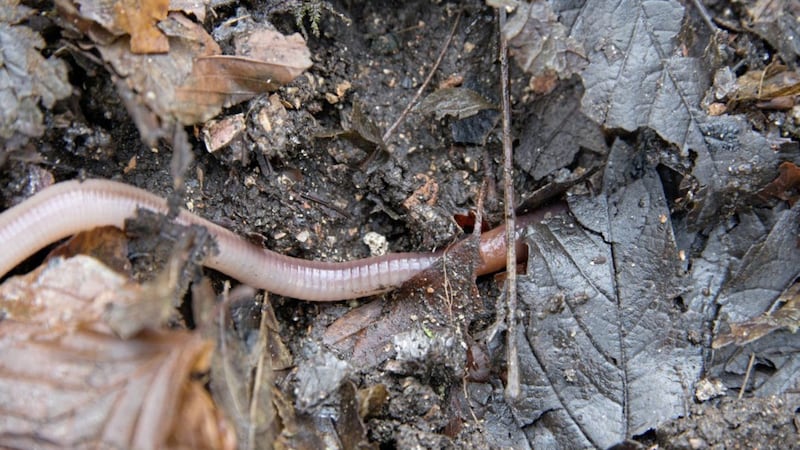THE signs are all around us. Increasing bird music from our hedges and trees, the early territorial squabbles, straightened grass and the clumps of lesser celandine emerging along damp verges and sheltered paths, all hint at spring gradually declaring itself.
Although the transition from winter is not yet complete, these gestures along with lengthening days suggest spring is near, giving us all much-needed hope for the months ahead.
As I observed some of these signs in the grounds of my parish church recently, I was also drawn to the hundreds of earthworms strewn across the tarmac and driveways, some dead, others still wriggling and squirming in search of new soil.
Although a common occurrence after a night of heavy rain, seeing them in such numbers prompted me to consider their place in our natural world. Because they breathe through their skin, worms need a balanced level of moisture for survival. If soil becomes saturated, earthworms find it difficult to get sufficient oxygen and so rise to the surface and above ground. Some biologists also argue that they are driven above ground for the purpose of reproducing or making long journeys.
There are 31 species of earthworm across Britain and Ireland, ranging in colour from red through to brown, living in their ideal habitat of darkness, in damp, loose soil and leaf litter. Our most commonly present species are probably the common earthworm, Lumbricus terrestris which, with around 150 segments, can grow up to 30cms long, and the much smaller, redder Lumbricus rubellus.
The value of worms to our soil ecosystems has been known for generations, with Greek philosopher Aristotle calling them the ‘intestines of the earth’. This, because of their role in pulling down and decomposing plant litter and in recycling nutrients.
Through eating, they help break down plant remnants in their gut while their tunnelling helps to aerate the soil, allowing oxygen and water to enter easily, with their castings also enriching it. For this reason, these invertebrate creatures are highly valued by gardeners and farmers as essential agents for improving soil fertility.
In a collaborative anthology of poetry edited by Seamus Heaney and Ted Hughes, The School Bag (1997), they include a translation of the poem The Earthworm by Swedish poet Harry Martinson, who describes the worm as, "the underneath farmer", who "keeps the earth always changing". The poet goes on to portray the earthworm with great respect as "this deep and calm earth-worker".
The earthworm’s long cylindrical, muscular segmented body has contributed to its association with the legless serpents and dragons of mythological tales; the name worm itself coming from the old English ‘wyrm’, a lyrical term often used for such beasts. This may also in part explain the Irish name, péist thalún, pest of the ground.
The famous naturalist curate Gilbert White of Selborne parish in the south of England wrote in one of his letters from The Natural History of Selborne (1789), "Earthworms, though in appearance a small and despicable link in the chain of Nature, yet, if lost, would make a lamentable chasm".
On the significant role the worm plays in our ecosystems, perhaps it’s best to finish with the words of Charles Darwin, famous for his work on the theory of evolution by natural selection. His last work, The Formation of Vegetable Mould Through the Action of Worms (1881), focused solely on the humble earthworm and Darwin concluded with the words: "It may be doubted if there are any other animals which have played such an important part in the history of the world as these lowly organised creatures."








